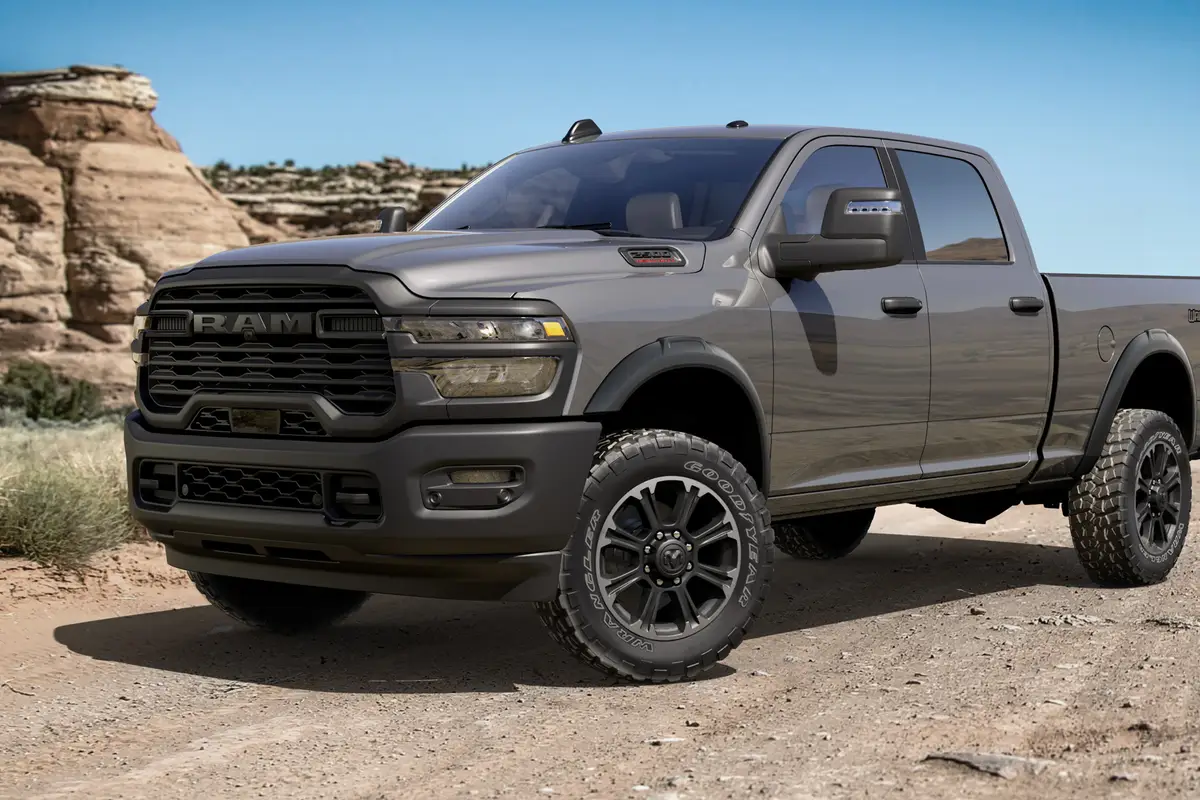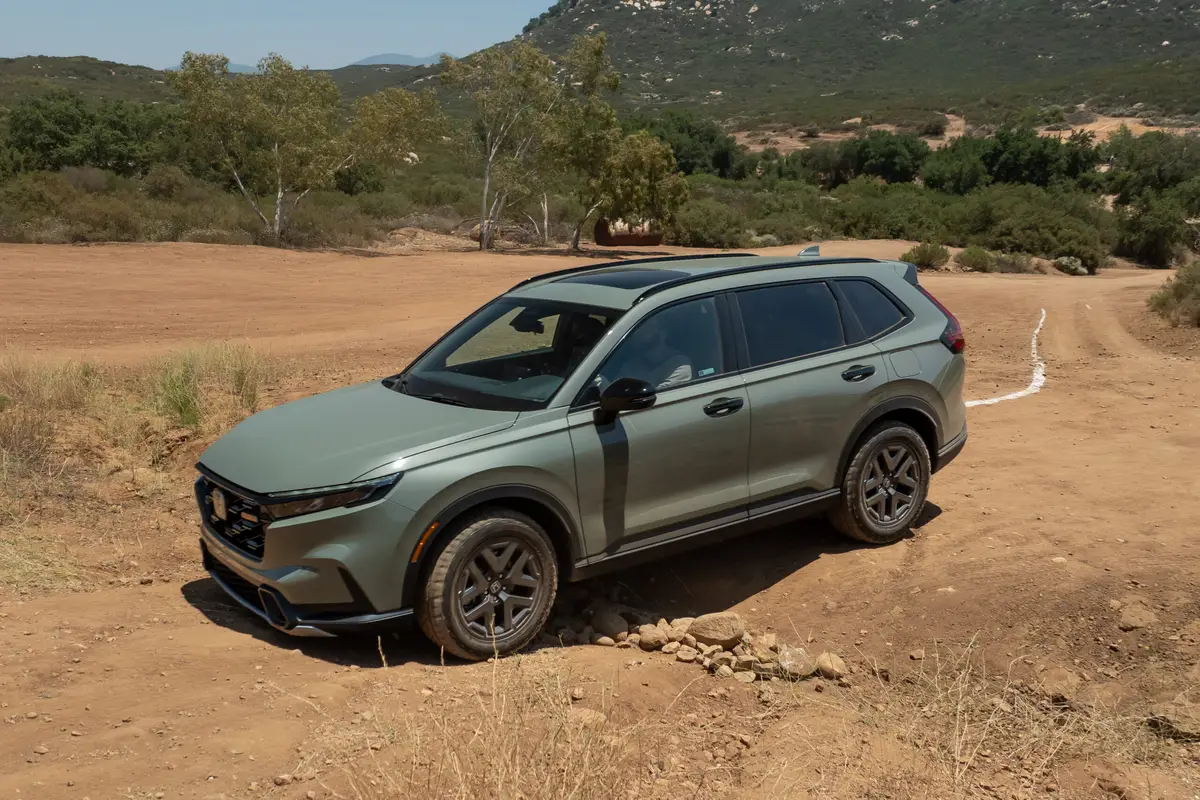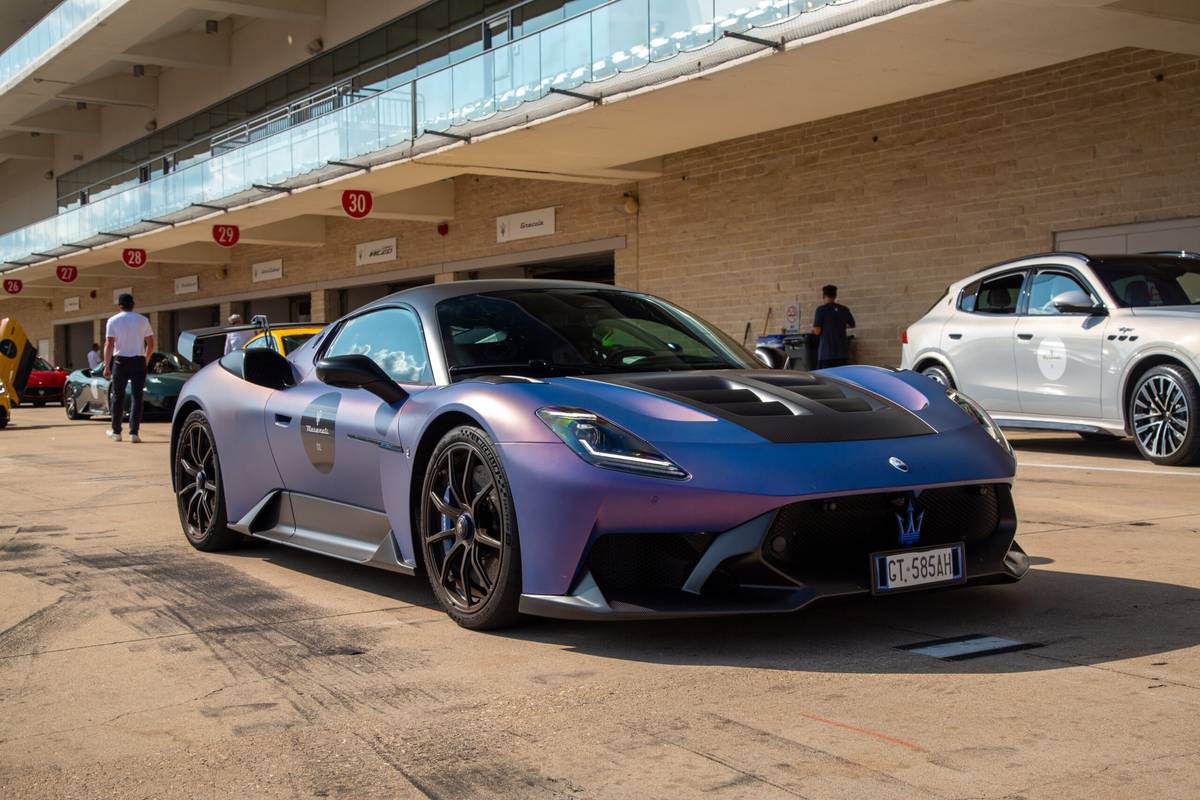Star-Telegram.com's view
It was 35 years ago this April that Ford Motor Co. made automotive history by introducing a new kind of car, a sporty coupe that became the coming-of-age icon of the post-war baby-boomer generation.
I was just 16 at the time, with a brand-new driver’s license in my pocket, and I remember conning a salesman at a local Ford dealership into letting me test-drive a new Ford Mustang.
He probably knew my father wasn’t really going to buy me one, as I had suggested, but he went along with the story and let me drive the Mustang for a mile or two, sitting beside me in the passenger seat.
I didn’t get to buy one until 1972, when I purchased a still good-looking ’65 model as a second family car.
But neither the 1964 1/2 model I drove at the dealership nor the ’65 model that I owned later came close to the breathtaking performance of the 1999 Mustang GT convertible I drove for this test-drive column.
This car, with its 4.6-liter V-8, is what driving fun is all about. Goosing the gas pedal in this Mustang is sure to put a smile on the driver’s face as the car charges forward, leaving lesser machines in its wake.
In recognition of the 35th anniversary of the original pony car, Ford has redesigned the Mustang for 1999, and the exterior changes have brought back some of the styling cues of the early models. Re-creating some of the automotive design from baby boomers’ childhoods is a trend in the auto industry — one that manifested itself rather noticeably during media previews recently, at the North American International Auto Show in Detroit, where I spent several days trudging through foot-deep snow to check out what’s new on the auto scene.
Ford rolled out a new Thunderbird for 2001 that recaptures the original ’50s T-bird two-seat sports car heritage; Chevrolet showed a concept Nomad wagon reminiscent of the ’50s; and Chrysler introduced a nifty new compact sport-utility called the PT Cruiser that is a cross between a ’50s hot rod and a minivan.
But for pure performance and retro style, there’s nothing quite like the ’99 Mustang.
Not only is this car a hit with aging baby boomers; it’s also in big demand among Generation X-ers and even kids who are just now getting their driver’s licenses. My 15-year-old daughter had a choice of riding in the new Mustang or a $55,000 Lexus LX 470 sport-utility last week; she chose the Mustang in an instant.
Ford research indicates Mustang buyers have a median age of 37 and a median household income of $57,000 and are 48 percent female. Female buyers overwhelmingly choose the Mustang for its style, rather than its power, and therefore buy mostly V-6 models; male buyers opt for the muscle of the V-8 engines.
One of the automotive Web sites took a poll a couple of weeks before Christmas to find out what car people would pick as their own Christmas present, and the Mustang was the clear winner.
The last major change in the Mustang was in late ’93, when the new generation — a 1994 model — was introduced to the world at the State Fair in Dallas.
For 1999, the Mustang remains much the same underneath, but there are significant changes to the exterior and powertrains.
The new body style “draws equally from the knife-edge lines of the original Mustang and the taut, New Edge design of the breakthrough Ford GT90 concept supercar of a few years ago,” Ford says in promotional material.
Cues to the original Mustang heritage include the classic long hood and short deck; a prominent hood scoop; enlarged, sculptured side scoops with a bold triangular shape; and the signature tri-bar tail lights. Slim wraparound headlamps are new, and for the first time, the rear deck is made of a plastic compound to reduce weight and eliminate corrosion.
The chrome galloping-pony emblem centered on the grille is once again circled by a chrome “corral,” as it was on the original Mustang, and all ’99 models come with a 35th nniversary version of the tri-color-bar emblem on the sides of the front fenders, Ford says.
The base 3.8-liter V-6 engine gets 40 more horsepower than last year. It’s now up to 190 horsepower. The GT’s 4.6-liter single-overhead-cam V-8 has 35 more horsepower, now rated at 260. That brings it closer to the 350 horsepower of the base V-8 engine in the Chevy Camaro and Pontiac Firebird.
Standard for ’99 is a five-speed manual transmission, but our bright-yellow GT convertible (base price $24,870 plus $525 transportation) came with the optional four-speed automatic with overdrive ($815).
Both the V-6 and V-8 Mustangs come with a performance-oriented 3.27:1 rear axle ratio.
For the first time, Mustang offers a traction-control system ($230) on all models. This system, which works at all speeds, uses a combination of power and braking to provide better control on wet roads, Ford says. Although this feature was included on our test car, we chose to leave the vehicle parked after the ice storm hit North Texas two days before Christmas. Even with traction control, a high-torque rear-drive car is not what anyone should be driving on icy or snowy roads.
As in earlier Mustangs, the front seats are comfortable and supportive for performance driving, but the two-person back seat is best left to children or small adults. The trunk holds just 10.9 cubic feet of cargo in the coupe model and 7.7 cubic feet in the convertible, so don’t plan to carry a lot of luggage. The interior volume is so low the EPA classifies the Mustang as a subcompact car.
Standard features on the base GT convertible include second-generation dual front air bags, antilock brakes, anti-theft system with remote keyless entry, power rack-and-pinion steering, air-conditioning, stainless-steel exhaust, 16-inch forged-aluminum wheels, AM/FM/cassette/compact-disc stereo, power windows and door locks, tilt leather-wrapped steering wheel, fog lamps, rear-deck spoiler, tinted glass, dual power outside mirrors, and a power convertible top with a built-in glass rear window.
Options on our test car, besides the automatic transmission and traction control included an upgraded audio system ($395), 17-inch aluminum wheels ($500), leather sport bucket seats ($500), and a convenience group ($550) that brought us front floor mats, power driver’s seat, cruise control and rear-window defroster.
Total sticker was $28,400, including transportation.
EPA fuel-economy ratings for the V-8 automatic are 17 miles per gallon in the city and 23 mpg on the highway. The tank holds 15.7 gallons of gasoline.
1999 FORD MUSTANG GT CONVERTIBLE
The Package: Subcompact, two-door, four-passenger, V-8 powered, rear-drive sports convertible, with new styling and engines for 1999, the 35th anniversary of the original Mustang pony car.
Highlights: Outstanding performance, beautiful styling with a retro look reminiscent of the early Mu stangs.
Negatives: Overpriced and impractical for families or long trips with lots of luggage.
Major competitors: Chevrolet Camaro/Pontiac Firebird.
EPA fuel economy: 17 miles per gallon city, 23 highway (V-8 automatic).
Base price: $24,870 plus $525 transportation.
Price as tested: $28,400, including transportation.
On The Road rating: A.
Latest news



